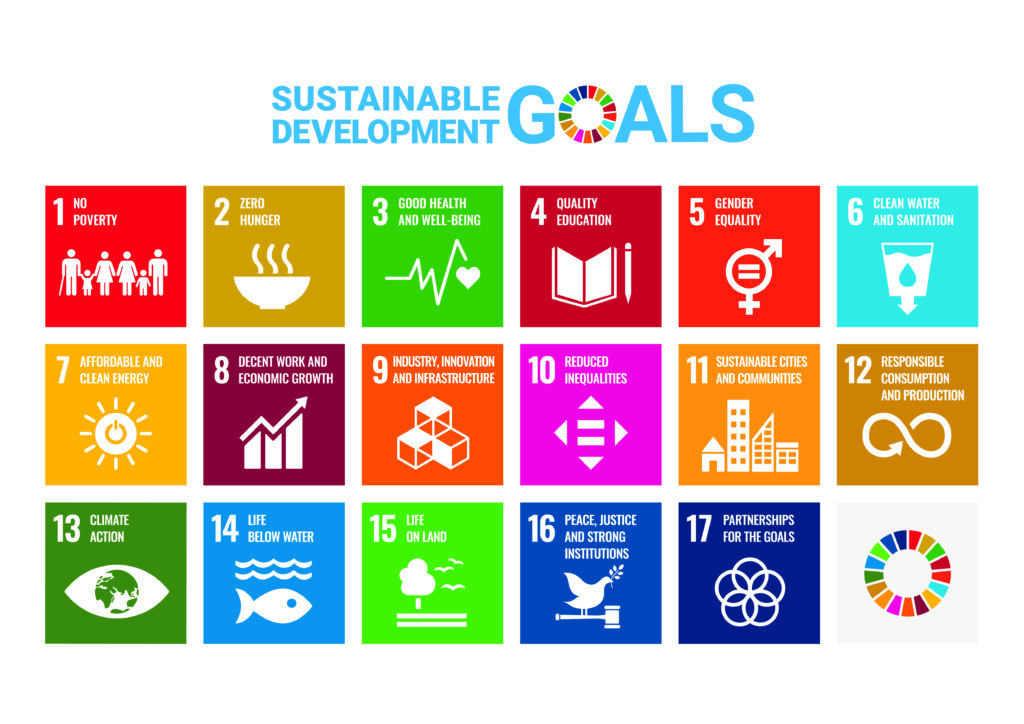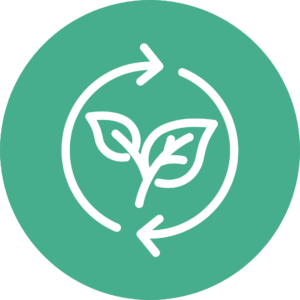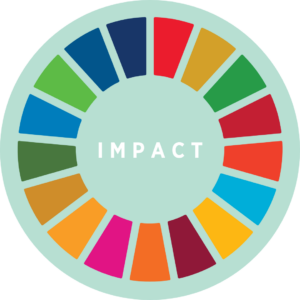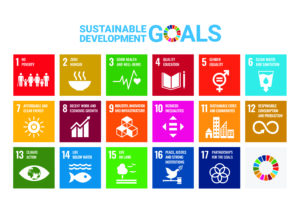CONDA.ch
Impact Investment Framework
Generate Real Impact with your Investments
Start-ups and SMEs are important drivers for achieving the Sustainable Development Goals

Principles of the CONDA.ch Impact Framework
You make the decision:
We want to create the necessary transparency so that you can assess for yourself whether you consider a company to be sustainable or not. That's why we at Conda do not provide a quantitative rating. Instead, we show you where the company is exemplary and where it might still improve in terms of sustainability.
Our "double materiality" approach:
Many ESG ratings primarily have an "outside-in" perspective: How do certain ESG risks affect the profitability of the company? The double materiality concept adds the "inside-out" perspective to this approach. This means that the impact of the company and its activities on people and nature is also considered. In addition to the financial analysis, our screening is primarily concerned with this "inside-out" perspective.
Supporting companies:
We want to accompany companies on their path to sustainability. The CONDA.ch Impact Framework should be a possible tool for sharing with the community the successes already achieved, but also the opportunities for improvement before, during and after a campaign. Transparency with regard to sustainability should ultimately be a regular topic for the investor community.
The CONDA.ch impact categories
- What does the company produce, or what kind of service does it offer? Do these make a positive or negative contribution to society and the environment?
- How are the products or services produced and provided? Are raw material procurement, production methods and working practices in line with various standards?

Sustainable business
We consider the following criteria when assessing a sustainable business:
- The topic of sustainability is deeply anchored in the company, e.g. via company values, mission or vision. The company has a clear positioning on the topic of sustainability and this is also publicly visible (e.g. on a website).
- The company is open about its strengths, but also about opportunities for improvement in relation to its own sustainability (e.g. via communication on the website, in blog articles).
- The company has an understanding of the various stakeholders who are affected by the company's work and the impacts on these stakeholders.
- The company has a detailed understanding of the entire supply chain (upstream and downstream) and potential risks in the supply chain with regard to sustainability.
- The company sources local and certified raw materials where possible (where applicable).
- Production sites: The company produces within Switzerland or the EU. If this is not the case, it should be communicated transparently why this is not the case.
- Transportation: The transportation of materials and goods should be as environmentally friendly as possible.
- Energy: The company only uses CO2-neutral energy or has a concrete plan to implement this. In the best case, this also applies to suppliers.
- Waste: The company reduces waste wherever possible and recycles waste (waste concept).
- Water: The company minimizes its own water consumption with various measures.
- Emissions: Ideally, the company has a good understanding of its CO2 emissions (Scope 1, 2, 3) at product or company level and has a concrete plan to reduce them further.
- Consumption of nature / biodiversity: The company has a basic understanding of its impact on natural resources and biodiversity (circular economy).
- The company employs staff on permanent contracts wherever possible.
- The company avoids suppliers who outsource entire work processes to subcontractors. If this is the case, it should be justified.

Impact Business
 In order to determine the impact on the various Sustainable Development Goals (SDGs), we answer the following questions together with the company (based on the IRIS+ Due Diligence Framework):
In order to determine the impact on the various Sustainable Development Goals (SDGs), we answer the following questions together with the company (based on the IRIS+ Due Diligence Framework):
- What is the company's (positive) impact? Has it already been mapped to one or more UN Development Goals (SDGs) and their sub-goals?
- Who is affected? Who (people or environment) is positively impacted by the products? Are they possibly part of marginalized groups / minorities?
- How much? Quantification of the impact (if available)
"Perfect is the enemy of good"
Sources and additional information:
- Florian Heeb, Julian Kölbel (2020), The Investor’s Guide to Impact
- Impact Management Platform
- IRIS+ and the five dimensions of impact
- Investors Guide to Impact
- Impact Management Platform


 Deutsch
Deutsch
 Français
Français